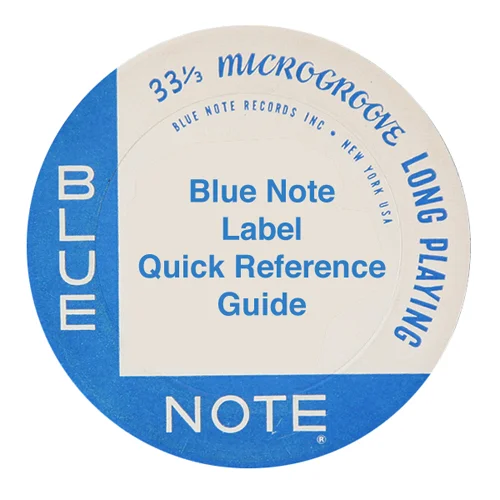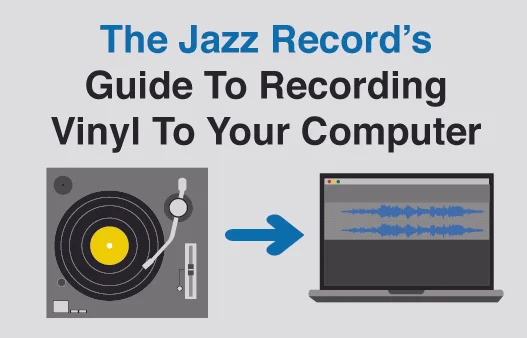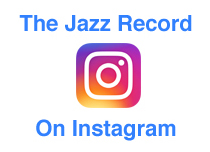Jazz Goes To Broadway: Billy Taylor Trio - "My Fair Lady Loves Jazz"
/Billy Taylor Trio • My Fair Lady Loves Jazz • 1957 • ABC-Paramount Records
Recorded January & February 1957 in New York City
The Selection:
The Tracks:
A1. Show Me
A2. I've Grown Accustomed To Her Face
A3. With A Little Bit Of Luck
A4. The Rain In Spain
B1. Get Me To The Church On Time
B2. Wouldn't It Be Loverly
B3. I Could Have Danced All Night
B4. On The Street Where You Live
The Players:
Billy Taylor - Piano
Early May - Bass
Ed Thigpen - Drums
Ernie Royal - Trumpet
Anthony Ortega - Tenor Sax
Charlie Fowlkes - Baritone Sax, Bass Clarinet
Gerry Mulligan - Baritone Sax (replaces Fowlkes A1, A4, B1, B3)
Jimmy Cleveland - Trombone
Don Butterfield - Tuba (A2)
Jay McAllister - Tuba (A3, B2, B4)
Jimmy Buffington - French Horn
Don Elliot - Vibes, Bongo, Mellophone, Trumpet
Al Casamenti - Guitar
The Record:
Billy Taylor The Happy Ambassador Of Jazz
Billy Taylor is hardly a major figure in the history of modern jazz, but he sure should be. While his discography during the golden age of jazz may not be large, he did record enough to show off his prodigious talents at the piano. Perhaps more importantly he became an ambassador and educator for jazz, spending much of his time from the 1960s onward promoting the music to those who otherwise might have fallen outside it's purview, particularly the younger generation. Don't count him out as an important pianist and composer as well, according to Wikipedia he wrote over 300 songs in his lifetime, the most famous of which is probably his 1952 composition "I Wish I Knew How It Would Feel To Be Free", a tune that became fittingly popular during the civil rights struggles of the late '50s and '60s.
At the time Taylor went into the studio with Quincy Jones to record jazz versions of songs from My Fair Lady, the 1956 musical was a monster hit on Broadway, eventually setting the record for the longest run of any major musical production in history. Most folks who bought the record would be intimately familiar with many, if not all, of the songs contained within. Not to worry, though, the outsize talents of the Taylor trio and Jones are respectful of the originals while undoubtedly adding the flair of modern jazz to the proceedings.
While not often mentioned among the greats of the 1950's on piano, Taylor is nonetheless right up there; his soulful and deft touch perfectly sums up the modern jazz sound of the instrument prior to the arrival of Bill Evans at the end of the decade (and then McCoy Tyner and Herbie Hancock at the start of the next one) that would change the relevance of the piano in jazz. Taylor's fingers dance along the keys perfectly in time with his talented partners Ed Thigpen and Earl May. I admit to not much knowledge when it comes to May, but I was quite familiar with Thigpen's talents in the piano trio format from his time recording as a member of the Oscar Peterson Trio. His subtle, yet solid, playing is a perfect match for the piano, bass and drums setting.
Quincy Jones' obvious talents are on display on My Fair Lady Loves Jazz, as he takes a talented orchestra and turns them into the perfect accompanying band for the Taylor trio. The arrangements are impressively not sappy, instead they have an exciting jazz edge to them, and they stay out of the way of the trio when it's their turn to be featured in each piece. There are a few notable names in the orchestra, including Gerry Mulligan, Ernie Royal and Jimmy Cleveland. I am not at all familiar with Anthony Ortega on the saxophone, but he more than holds his own as the primary tenor or alto soloist on many of the tracks.
1965 Impulse! Re-Release Cover
My Fair Lady Loves Jazz was re-released in 1965 on the Impulse! label, this time co-credited to Quincy Jones, who by now was beginning to become a rising star in both the jazz and film soundtrack world. The re-release coincided with the release of the film version of My Fair Lady, a big deal in the entertainment world at the time. Impulse! was a subsidiary of ABC-Paramount (many folks are familiar with the "AM-PAR Record Corp" delineation on the bottom of the first run of Impulse! releases in the early '60s) and therefore were an easy choice to re-release the music for a quick commercial payday. Neither the ABC-Paramount or the Impulse! covers are anything to write home about, but I do prefer the original artwork, as it at least features Taylor on the cover, hinting that the music and not the subject material is the important part of the recordings.
The Vinyl:
ABC-Paramount was started in 1955 as a result of the merger of American Broadcasting with United Paramount Theaters, which took place due to some complex anti-trust regulations that were put into place in the late 1940s and early 1950s. At the point My Fair Lady Loves Jazz was released the corporate name was "Am-Par Record Corporation" and remained as such until it was changed to "ABC-Paramount Records" in 1961 (as mentioned above, connoisseurs of original Impulse! pressings are fully aware of this change).
According to Wikipedia, ABC-Paramount not only produced music in-house, but also licensed finished masters as well. Apparently they also purchased regionally released LPs for national distribution. Seeing as Creed Taylor, who went to work for ABC-Paramount in 1956, produced the music on My Fair Lady Loves Jazz, this album was obviously an in-house project.
I snagged this original mono pressing for a mere $8 at my local shop, it has the black label and the rainbow "infinity" symbol over some sound waves at the top. The label notes that the album is in "Full Color Fidelity", obviously a reference to the rainbow logo. The vinyl has some heft to it, but not comparable in any way to releases from this period from the major jazz labels. Interestingly the edge of the vinyl has a sawtooth pattern all the way around, and whether this occurred on all copies of the record I have no way of knowing, and what it means for the quality of the production process is also beyond my scope of knowledge. My general guess is that it implies cost cutting somewhere along the line.
In any case the sound is decent, a little flat to my ears, but with enough analog flair to make up for that. The soloists and backing musicians just don't come across with that depth that one would expect from a vintage vinyl pressing. It's not bad enough to take away from the great music within, but enough so to make note of. The 1965 Impulse! release is also in mono, according to Discogs a stereo version wasn't released until 1972, and this was "Technically Augmented Stereo" so I'm doubting if it really "opened up" the soundscape of the record. Interestingly, the Impulse! reissues (both mono and stereo editions) appear to command higher prices than the original (at least on eBay), even though the ABC-Paramount edition appears to be the rarer of the two.
In the vinyl trail-off we have "ABC-177-A" and "ABC-177-B" hand-etched on their respective sides. There is also what appears to be a hand-etched number 1 followed by a dash on each side. I am guessing there is not much interest in the vinyl community for the matrix numbers in the trail-off of ABC-Paramount pressings, but there is always someone out there who is searching Google right now for that obscure information.
The music on My Fair Lady Loves Jazz is very representative of both mid-1950s modern jazz and the talents of Billy Taylor and his trio, a group that should receive more recognition than they currently have in the jazz landscape. It is certainly a worthy place to begin to explore their talents - as well as those of a young Quincy Jones - and should come to the savvy buyer at a very affordable price point, making it a nice purchase if one comes across it.













